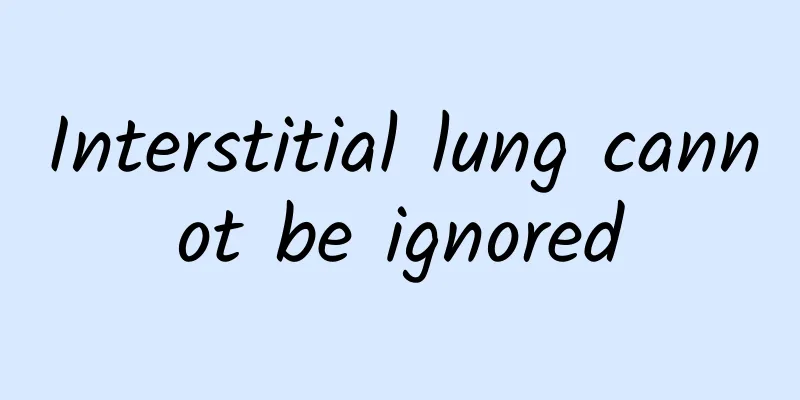What to do if the vulvar incision hurts

|
Many new mothers will experience pain in the wound after episiotomy during natural childbirth. The following is a solution to the pain in the wound after episiotomy during natural childbirth: When you rest, lie down as flat as possible to relieve the pressure on your muscles. Place a pillow on your buttocks and waist, and keep a groove on your chest. Be careful to avoid compression on the chest to avoid compression of the mammary glands and blockage. When going to the toilet, sitting forward or kneeling can avoid excessive pain. Keep doing basic pelvic floor exercises. Start doing it as soon as possible, this exercise can speed up the recovery Taking a bath every day and cleaning the wound after going to the toilet can effectively prevent wound infection. If the patient's wound becomes inflamed and painful, targeted treatment is required. For mild inflammation, potassium permanganate solution bath, oral antibiotics or some medications can be used. If the wound does not heal for a long time due to inflammation, it is recommended to use products such as wound healing products to treat it and eliminate the wound pain as soon as possible. In short, after episiotomy surgery, the wound needs to be maintained in time to heal the wound as soon as possible and solve the problem of symptoms. In short, episiotomy wounds need to be treated promptly after they are broken, and attention should be paid to the medical staff who take good care of the wound. To keep the vulva clean, start using 10% Cleansing Solution to clean the private parts of pregnant women from the second day after delivery, or use 10% Cleansing Solution to clean the private parts twice a day until the stitches are removed after surgery. Maintain smooth toileting and clean your private parts and anus after defecation. Wash sanitary pads frequently and change underwear frequently; when sleeping or lying in bed, it is best to sleep on the side without perineum wound to reduce the chance of lochia invading the perineum wound. Six days after giving birth, it is normal to have pain and swelling in the episiotomy. Pain may occur 1-2 weeks after an episiotomy. Constipation after childbirth is due to weakened bowel movements caused by various factors such as weakened stomach and intestines after childbirth, weak body, long-term abdominal distension, and relaxation of waist muscles and pelvic tissues. Implementation suggestions: It is recommended to clean the episiotomy with warm water every time you go to the toilet. If you suspect infection or swelling is more obvious, you can use iodine or diluted potassium permanganate solution to clean it. Keep wiping after cleaning to keep the wound dry. If the wound is painful, you can take painkillers. Drink plenty of water and eat more high-fiber foods every day to promote digestion. When constipated, you should not strain to defecate to prevent the side wound from tearing. You can use a suppository to help with defecation. Side wounds usually recover in 1-2 weeks. |
<<: What causes vaginal pain during menstruation?
>>: Why does the vulva hurt after menstruation?
Recommend
What are the side effects of cervical cryotherapy?
Cervical disease is a type of gynecological disea...
How to sleep after cesarean section is beneficial to uterine recovery
After a cesarean section, there will be certain d...
Can uterine coldness cause abdominal obesity?
If you female friends find that you have abdomina...
How long does it take to abort after testing pregnancy?
In modern society, people's mindsets are beco...
How to make tofu stewed fish? How to make fish head stewed with Gastrodia elata?
Stewed fish has nutritional value such as calcium...
10 ways for women to maintain their kidneys
For a long time, everyone has believed that kidne...
How can women improve eye bags?
Eye bags usually grow under the eyes. When they a...
Pregnant woman constipation stool blocked in anus
In many cases, if constipation occurs, we tend to...
What's the best thing to eat right after an abortion?
Nowadays, many women who have unexpected pregnanc...
What are the six elements of writing? How many types of writing are there?
Composition is probably a very important part in ...
Can I eat herring during menstruation?
Black carp is a kind of fish. It is not only deli...
How many days after menstruation can I remove the ring
I think many people should have heard that the IU...
Benefits and methods of yoga during menstruation
Every girl will have a few days of "unhappin...
Why is the urine yellow in pregnant women?
In daily life, the urine of our female friends is...
Fever for no reason during breastfeeding
During pregnancy, the mother's physical fitne...









